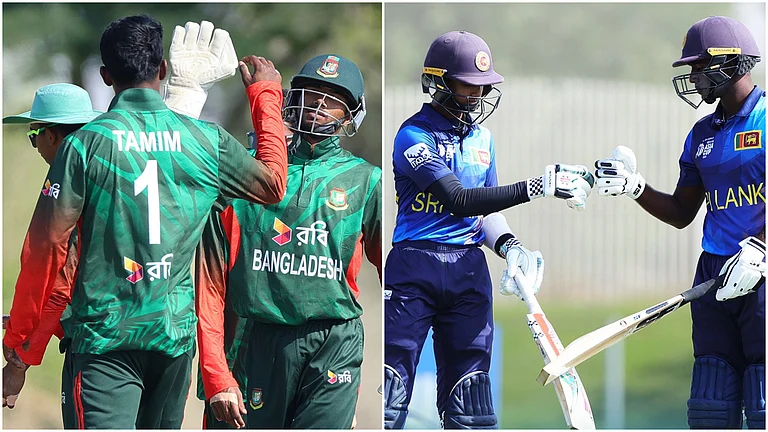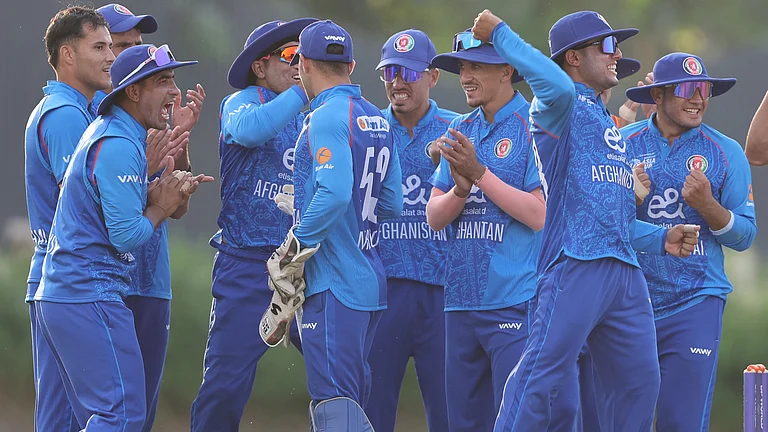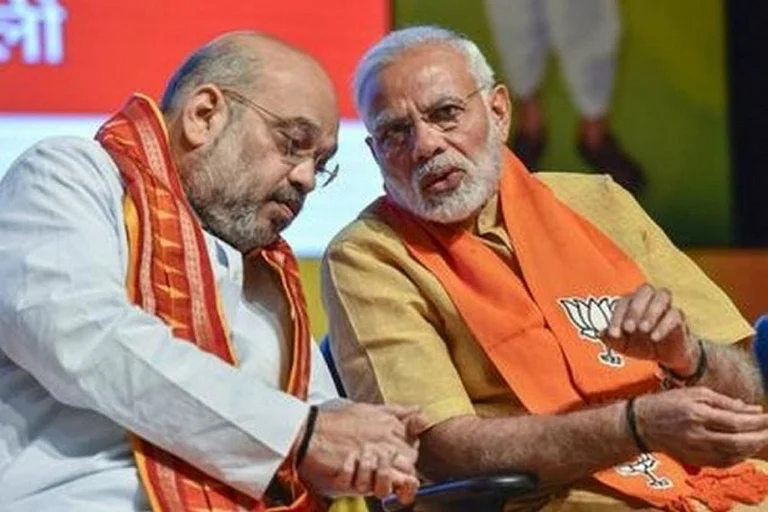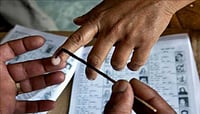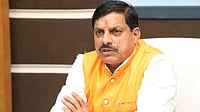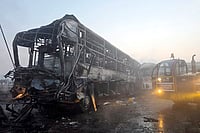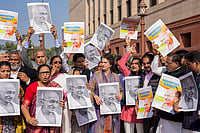A picture, they say, is worth 1,000 words. But there are times when even 10,000 are not enough to capture the plight of people caught in the brutal heatwave sweeping through the subcontinent. Especially the poor and the underprivileged—the construction worker forced to work outside or the farmer who has to tend to his crop, or the womenfolk in villages who have to walk miles under an unrelenting sun to collect water.
Official data presents an alarming scene: India suffered its hottest March and April in more than 100 years, and it is likely to get worse in the coming weeks till the monsoons bring in cooling rains to the singed land. Already, more than two dozen people have died of suspected heat strokes since late March.
ALSO READ: Poetry: Letter From A Former Cook

The India Meteorological Department (IMD) has said that the current heatwave, which started on March 11, has impacted 15 Indian states and Union Territories till April 24. The National Disaster Management Authority (NDMA) has a grim warning: it has categorised 23 of 28 states and some 100 cities and districts as being at risk of suffering extreme heat.

The heatwave has triggered a chain reaction: an acute power shortage, which the government plans to tackle by reopening more than 100 coal mines to fuel power stations. To clear tracks for more cargo trains to transport the coal, India has cancelled more than 650 passenger trains through the end of May.

While the coal will power the ACs in the homes of those who can afford them—and add to the greenhouse gas emissions that will make the world even warmer—the poor will continue to bear the brunt of the extreme weather conditions. The Intergovernmental Panel on Climate Change (IPCC) has already warned that India is among the countries expected to be the worst affected by the climate crisis.

Last week, Pakistan minister Sherry Rehman said her country went from winter to summer this year without experiencing spring. She could have been very well speaking for a billion people in India too.







These photos tell the story—of man and animal battling Nature’s fury.
(This appeared in the print edition as "DANTE’S PEAK")
ALSO READ








